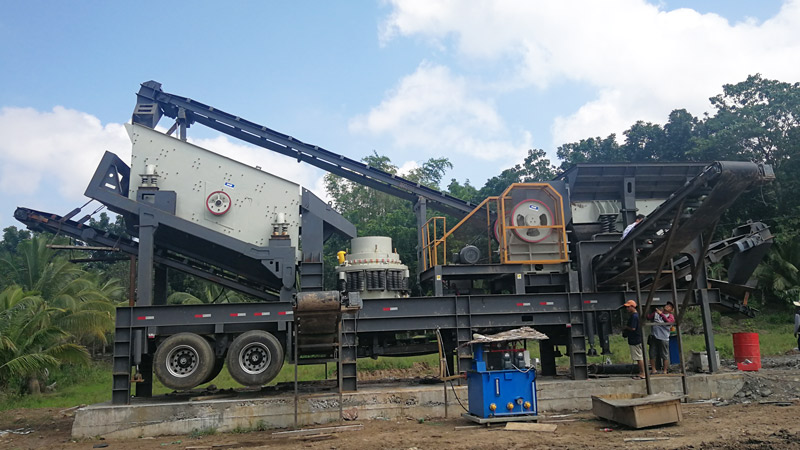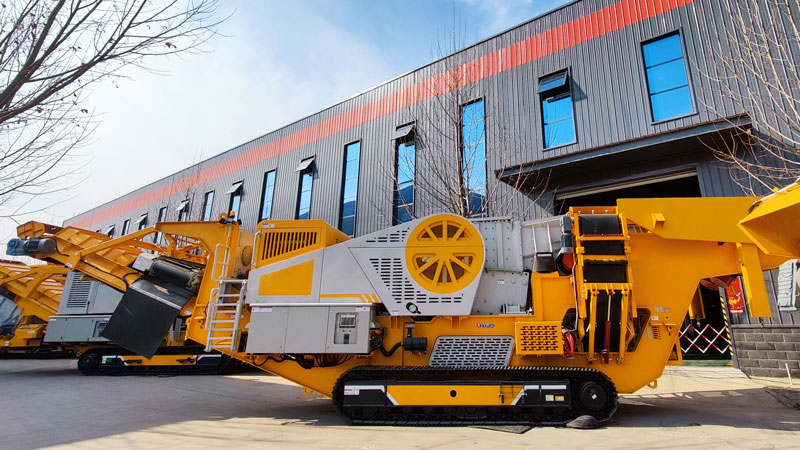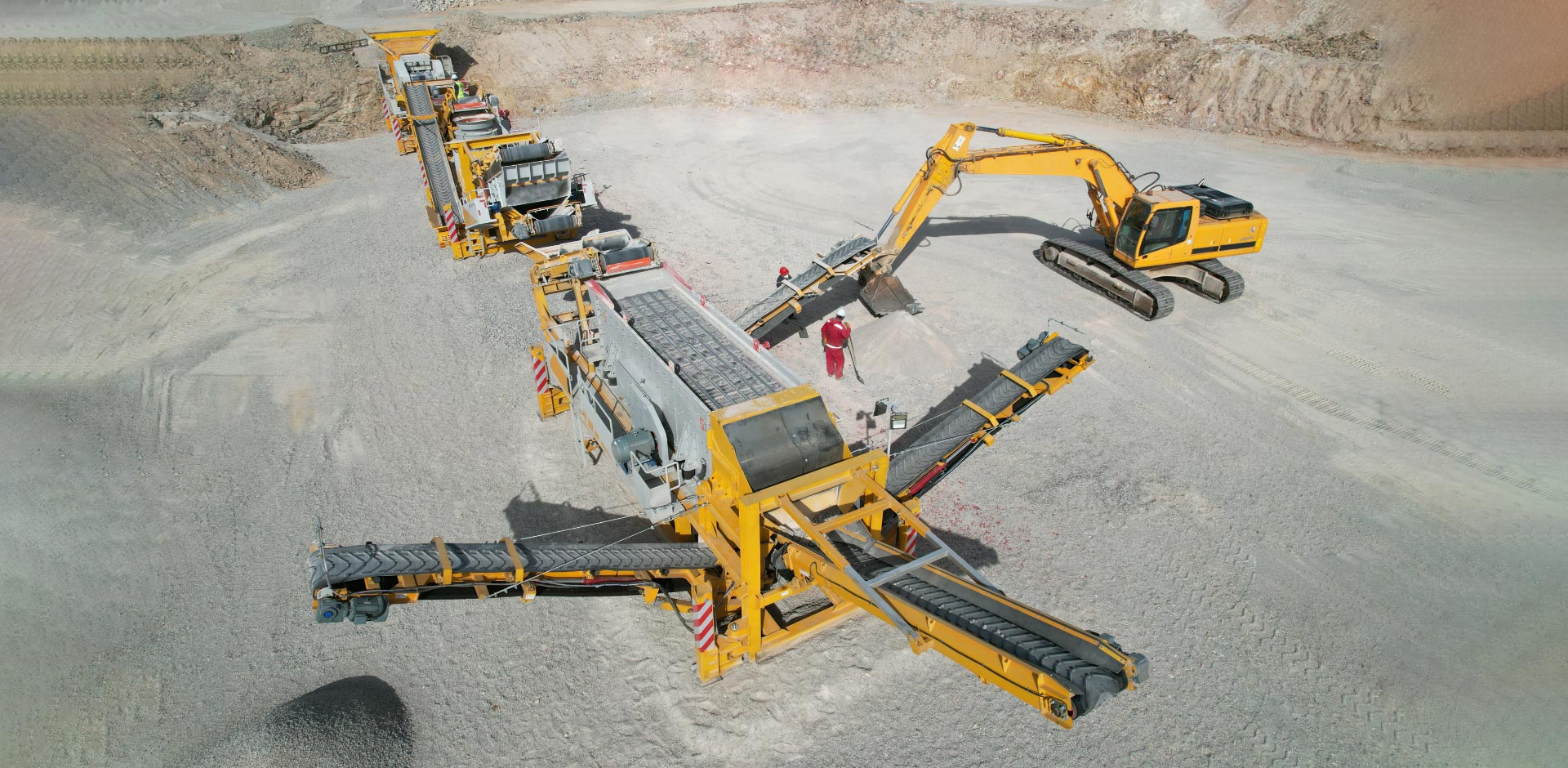Before we dive into the essential steps for planning your mobile stone crusher plant, it’s important to understand what a mobile stone crusher plant is and why it’s becoming increasingly popular in the construction industry.
A mobile stone crusher plant(planta trituradora de piedra móvil) is a self-contained unit that can be easily transported from one location to another. It consists of a crushing machine, a screen, and a conveyor belt, all mounted on a single chassis. This type of plant is ideal for small to medium-sized construction projects where mobility and flexibility are key.
If you’re considering investing in a mobile stone crusher plant, here are some essential steps to ensure your success.

Step 1: Determine Your Crushing Needs
Assess Your Project Requirements
The first step in planning your mobile stone crusher plant is to assess your project requirements. Consider the following questions:
- What type of material will you be crushing?
- What is the desired output size of the crushed material?
- How much material do you need to crush per hour?
- What is the hardness and abrasiveness of the material?
By answering these questions, you can determine the type of mobile stone crusher(AIMIX trituradora móvil de piedra) that will best suit your needs.
Choose the Right Crusher Type
There are several types of crushers available, including jaw crushers, cone crushers, and impact crushers. Each type has its own advantages and disadvantages, so it’s important to choose the right one for your specific needs.
- Jaw crushers are ideal for primary crushing and can handle large feed sizes.
- Cone crushers are used for secondary and tertiary crushing and are suitable for hard and abrasive materials.
- Impact crushers are used for both primary and secondary crushing and are ideal for soft and non-abrasive materials.
Step 2: Select the Right Equipment
Choose the Right Screen
In addition to the crusher, you’ll also need a screen to separate the crushed material into different sizes. There are two main types of screens: inclined screens and horizontal screens.
- Inclined screens are the most common type and are ideal for applications where a high degree of accuracy is required.
- Horizontal screens are ideal for applications where a high capacity is required.
Choose the Right Conveyor Belt
The conveyor belt is responsible for transporting the crushed material from the crusher to the screen and then to the stockpile. When choosing a conveyor belt, consider the following factors:
- Capacity: The conveyor belt must be able to handle the required tonnage per hour.
- Length: The length of the conveyor belt will depend on the distance between the crusher and the stockpile.
- Angle: The angle of the conveyor belt will depend on the weight and size of the material being transported.

Step 3: Plan Your Site Layout
Determine the Location of Your Plant
When planning your site layout, consider the following factors:
- Accessibility: The stone crusher plant(planta trituradora piedra) should be easily accessible for maintenance and repairs.
- Space: The plant should have enough space for the crusher, screen, and conveyor belt, as well as for the stockpile.
- Safety: The plant should be located away from any potential hazards, such as power lines or buildings.
Position Your Equipment Correctly
Once you’ve determined the location of your plant, it’s time to position your equipment correctly. Consider the following factors:
- Feed Hopper: The feed hopper should be positioned at a height that allows for easy loading of the material.
- Crusher: The crusher should be positioned close to the feed hopper to minimize the distance the material has to travel.
- Screen: The screen should be positioned at a height that allows for easy access to the different size fractions.
- Conveyor Belt: The conveyor belt should be positioned at an angle that allows for efficient transportation of the material.
Step 4: Ensure Compliance with Regulations
Obtain the Necessary Permits
Before setting up your mobile stone crusher plant, it’s important to obtain the necessary permits and comply with local regulations. This may include obtaining permits for noise, dust, and air pollution control, as well as permits for operating heavy machinery.
Implement Safety Measures
Safety should always be a top priority when operating a mobile stone crusher plant. Implement safety measures such as providing personal protective equipment (PPE) for workers, ensuring proper training, and conducting regular safety inspections.
Step 5: Consider the Cost
Evaluate the Cost of the Equipment
When planning your mobile stone crusher plant, it’s important to evaluate the cost of the equipment. This includes the cost of the crusher(costo de trituradoras de piedra), screen, conveyor belt, and any additional equipment you may need.
Factor in Operating Costs
In addition to the initial cost of the equipment, you’ll also need to factor in operating costs such as fuel, maintenance, and repairs. These costs can vary depending on the type of equipment you choose and the frequency of use.
Conclusion
Investing in a mobile stone crusher plant can be a smart move for small to medium-sized construction projects. By following these essential steps, you can ensure that your plant is set up for success.
Remember to assess your project requirements, choose the right equipment, plan your site layout, comply with regulations, and consider the cost. With careful planning and attention to detail, your mobile stone crusher plant can help you achieve your construction goals efficiently and effectively.
